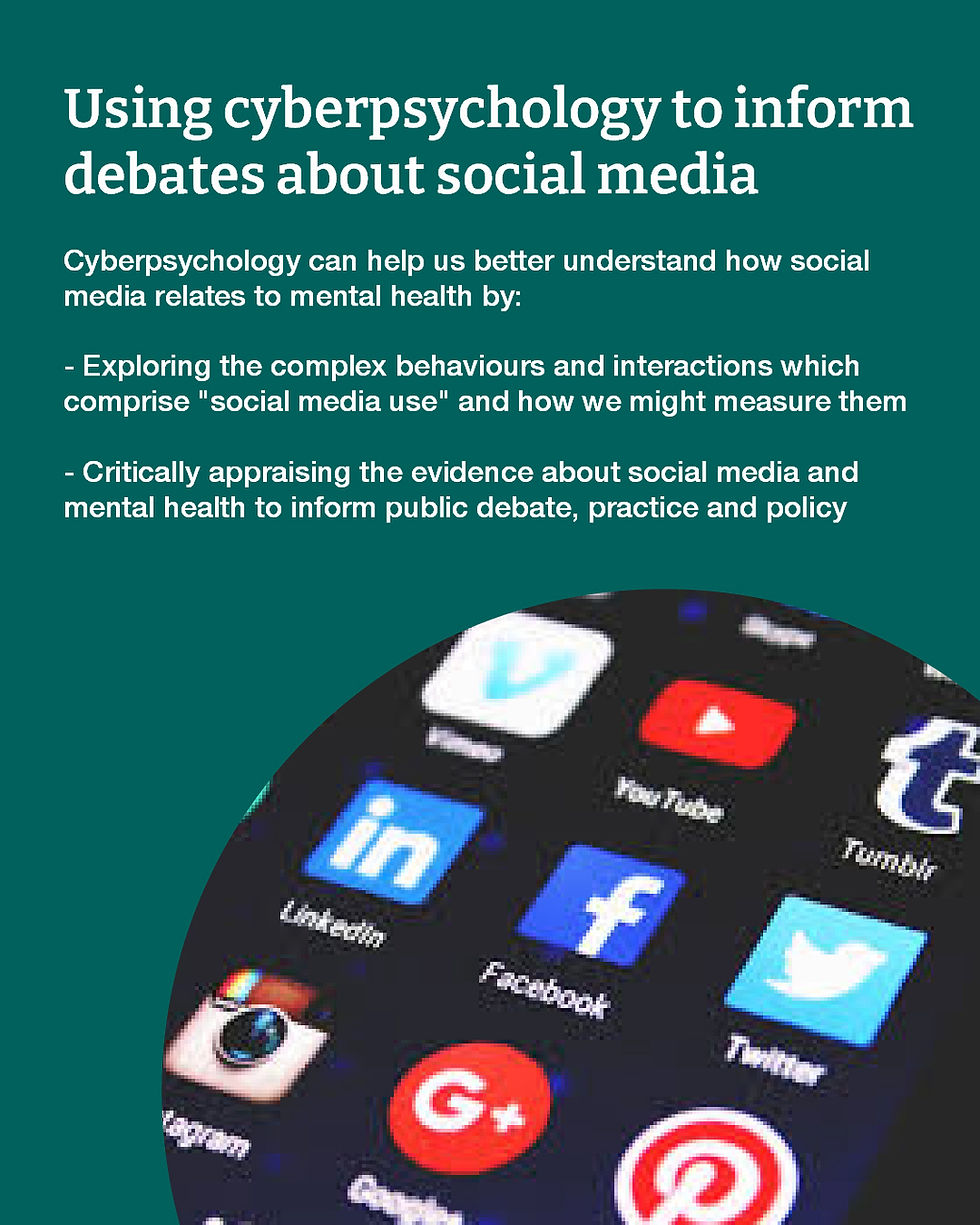Handling rejection in academia
- LindaKKaye

- Sep 24, 2019
- 3 min read
Dealing with rejections and feelings of failures are unfortunately commonplace within academia. These can range from journal rejections, grant rejections, lack of success in job applications, difficulties in being promoted, etc. This blog is particularly focused on journal rejections, and gives an overview of this process and from this makes suggestions of ways to bolster feelings of efficacy during occasions where it is common to experience failure.
The desk-reject

The "desk-reject" is where the handling editor does not send your manuscript for review and instead informs you that it is not suitable for the journal. The most common reasons for a "desk-reject" are:
1. Your paper is not a suitable fit to the journal’s aim and scope
2. The journal may be experiencing a high volume of submissions so has to issue some additional rigour on submissions
3. If it is a "prestigious" journal, these often have low acceptance rates
These types of rejections are usually easy enough to handle as we can attribute these to external factors often beyond our control.
Editor decision from reviewer recommendations
Congratulations, your manuscript was sent out for review with expert reviewers in your field. However, the handling editor now can make a number of decisions:
1. Accept outright (this is not very common!)
2. Reject (discussed next)
3. Revise and resubmit
Reject

This is often a difficult process to deal with. The editor has now made a decision based on the reviewer comments that your paper is not suitable. Additionally, this news can arrive after a considerably long period of time, anywhere averaging from around 6 weeks to 6 months is quite typical.
Within this decision email, you will also be provided with the anonymous reviewer comments which helped inform the editor's decision. There is often much variability in the nature of reviewers’ comments and how constructive these are. Often these can be scathing but other times they can be constructive, offering suggestions of how you could enhance the work. At this point, it is worth considering how best to integrate relevant comments into your manuscript in preparation for submitting it to another journal.
Revise and resubmit

Congratulations, this is a good outcome! The reviewers and/or editor have seen merit in your work. Within this, the reviewer comments, and often the editor summary will include a list of recommendations of what to change or add to help enhance your paper. Within this process, there may equally be comments which are scathing and difficult to respond to, but it is useful to integrate as many of these recommendations as possible within your revised manuscript (R1). You will also be asked to provide a list of all changes you have made in response to each recommendation you were provided as part of your resubmission.
Practical Tips
Drawing on the principles from self-efficacy theory (Bandura, 1997), we know there are a number of factors which feed into the feelings of efficacy which can have a knock-on impact on success. The grey bubbles below give some suggestions of how to seek mechanisms to bolster your self-efficacy in your research endeavours.

It is important to note that academics across the sector will experience a slump their feelings of efficacy as researchers and so the above tips are not just targeted at early career academics. We all experience rejection and feelings of failure at times, but there will always be ways to overcome these, if we look in the right places.



Comments